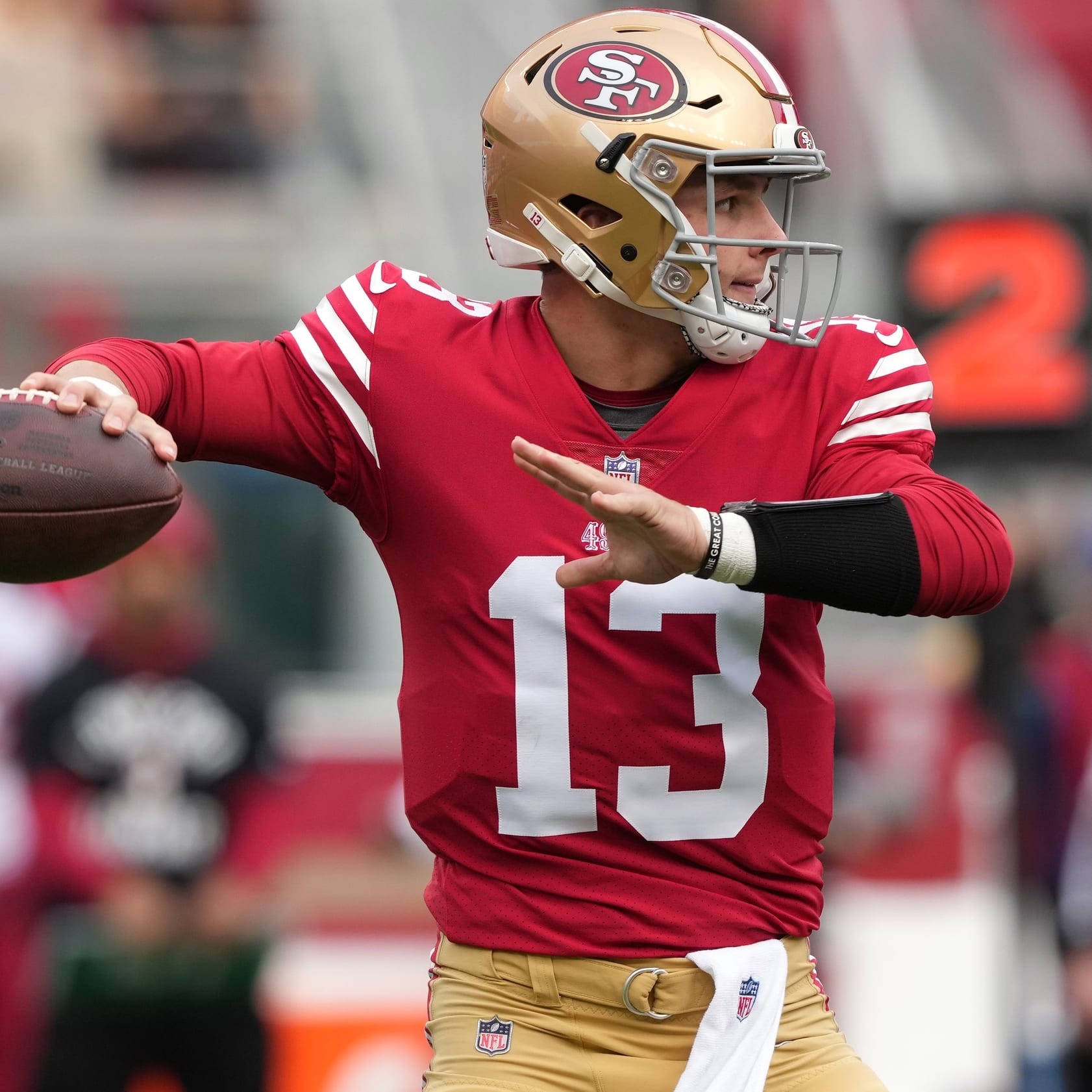Dynasty fantasy football is an ever-evolving game that has many paths to a championship. Below are some of the guiding principles RotoWire uses when ranking players in dynasty.
1. The Dynasty Window
Dynasty players can fall into a trap of thinking too long term. Dynasty fantasy football is best thought of in a 2-3-year window rather than a 4-5-year time frame. We mostly avoid projecting players beyond the upcoming season and the one after that. Considering the NFL's volatility week to week and season to season, it is a bad bet to project more than a handful of seasons. There are players we feel better about long term, like Justin Herbert, but he and a precious few others represent the exception rather than the rule.
2. Understanding Player Liquidity
The difference between redraft and dynasty is the ability to keep your roster "liquid." Make sure you understand players have different actual value vs. market value. For example, entering 2022, Davante Adams is likely to have elite actual value. The dynasty market, however, may label him an "aging player" not worth equal value in trades. Of course, metaphorically speaking, why do you care about the price of your house on the open market if you are going to live in it? Meaning, if you are going to start Adams every week and ride out his fantasy lifespan, it doesn't matter what the market will trade for Adams; you will just benefit from his production while continuing to acquire rookies who eventually replace
Dynasty fantasy football is an ever-evolving game that has many paths to a championship. Below are some of the guiding principles RotoWire uses when ranking players in dynasty.
1. The Dynasty Window
Dynasty players can fall into a trap of thinking too long term. Dynasty fantasy football is best thought of in a 2-3-year window rather than a 4-5-year time frame. We mostly avoid projecting players beyond the upcoming season and the one after that. Considering the NFL's volatility week to week and season to season, it is a bad bet to project more than a handful of seasons. There are players we feel better about long term, like Justin Herbert, but he and a precious few others represent the exception rather than the rule.
2. Understanding Player Liquidity
The difference between redraft and dynasty is the ability to keep your roster "liquid." Make sure you understand players have different actual value vs. market value. For example, entering 2022, Davante Adams is likely to have elite actual value. The dynasty market, however, may label him an "aging player" not worth equal value in trades. Of course, metaphorically speaking, why do you care about the price of your house on the open market if you are going to live in it? Meaning, if you are going to start Adams every week and ride out his fantasy lifespan, it doesn't matter what the market will trade for Adams; you will just benefit from his production while continuing to acquire rookies who eventually replace him in your lineup. On the flip side, there is an obvious opportunity cost in taking on this sort of asset. There is a fine line that must be navigated when managing the overall portfolio of a dynasty roster.
3. Positional Production Value
All production is not treated the same. Positional differences matter in redraft, and certainly in dynasty. A guiding principles is that elite young WRs in PPR formats (where you need to start three WRs and a flex) are more coveted. While this is true, not every year is 2014 or 2020, when rookie wide receivers produced right away. Rookie and second-year wideouts do not always break out immediately. While we'll always value young WRs as true difference-makers, often we'll let our competitors take on the earliest career risk as WRs gain NFL seasoning and understanding of concepts. Running backs historically do not need as much of a ramp-up, therefore, it makes sense to churn through young RBs while keeping a focus on acquiring the most-coveted young WRs from a season or two prior at post-hype value. A growing number of dynasty leagues give 1.5 PPR to tight ends. This boosts the position up the board, especially with elite producers, more than it would in a traditional format. For example, if a TE is projected for 60 receptions, 750 yards and five touchdowns, it equates to an additional 30 fantasy points —30 points are the equivalent to five additional TDs! Now your TE projection can be thought of as 60/750/10 when valuing it through the lens of a traditional format.
4. Contract Insulation
If we are to predict how players will be valued longer than the upcoming season, we need to understand their contract situation. Furthermore, we also need to know the contract status of their quarterback. The fantasy points go as the offense goes and the offense goes as the QB goes. Many times we see splashy headlines that a player signed a four-year deal worth some massive amount of money. It is important to research the guarantees of that contract, which often are no more than two seasons. NFL teams have options to get out of the contract after a couple seasons with no penalty. When we understand how long a player is insulated by his contract status, and how long associated pieces on the offense are as well, it is a helpful data point to our dynasty rankings.
5. NFL Calendar Value Changes
Dynasty rankings can change significantly depending on the time of year you are using the rankings to draft. For example, running backs who hold top-50 overall value in March can take a massive hit in May after the real NFL draft, if their team selects a runner with significant draft capital. RotoWire is going to provide updates on player value changes, but it is important to understand the NFL calendar and how that can change dynasty rankings.



































